Anya Gallaccio makes installations from chocolate, flowers and other organic materials. She is interested in exploring the natural processes of transformation and decay. Gallaccio is unable to predict what state the materials will be in at the end of her installations. Something which at the start of an exhibition may be pleasurable, such as the scent of flowers, inevitably becomes increasingly unpleasant over time.
Materials Coursework Guide
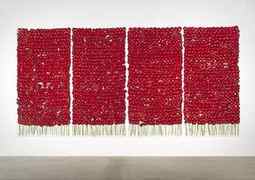
Materials are what things are made from. Materials have different qualities: they can be smooth or rough; hard or soft; heavy or light; fragile or indestructible. Artists choose materials because of their particular qualites. The same material can be used in very different ways to achieve very different results. The twentieth century saw artists experimenting with unexpected materials. Everyday objects, textiles, industrial substances, natural phenomena and even things we can’t touch or see (such as sound) found their way into art.
Materials, qualities and techniques
To mis-quote a classic 1980s pop song lyric: ‘It ‘aint what you use it’s the way that you use it’.
Even quite ordinary art materials can be used in different ways to create very different effects. Artists often experiment with the qualities of materials, pushing them to the limits of what they can do.
Washes, splats and layers: paint and what it can do
You may think that paint is a pretty standard art material. But how artists use paint is anything but standard. Paint can be so thin that it is almost not there – or so thick it looks three dimensional.
J.M.W. Turner is well known for his painted landscapes. But he pushed what he could do with paint so far that often his gestural washes and marks look abstract. Compare this watercolour painting by Turner with a watercolour by William Henry Hunt. Turner has used washy, messy broad strokes of paint to create a very real sense of a stormy sea and sky. The main subject of the painting, Bamburgh Castle, is hardly visible. While Hunt has used watercolour to create minute details of his natural scene.

Turner enjoyed experimenting with the qualities of paint, but he usually depicted real places or recognisable scenes. Many artists, such as abstract expressionist painters, explored the quality of paint for what it is. They dripped, smeared and poured paint onto canvases, exploring its liquidity and colour.
Left Right



Artist Niki de Saint Phalle took expressive mark-making a step further – firing a gun at bags of paint suspended against a white surface. In this video curator Kyla McDonald discusses de St Phalle’s shooting pictures as well as some of the other unusual materials and process she used.
As well as experimenting with what paint can do, artists have also explored the qualities of canvas, the surface that painters often paint on. Artists Angela de la Cruz and Sam Gilliam took the canvas off its square or rectangular frame creating three dimensional paintings.
To make Simmering 1970, Sam Gilliam spread a canvas out on the floor and covered it with diluted acrylic paint in layers so colours mixed together within the fibres of the canvas. He then suspended the canvas from a wall and applied drips and splashes of thicker paint. The resulting painting, released from a traditional square or rectangular format, hangs in folds from the wall. The work was, he explained, an attempt to ‘deal with the canvas as material … using it as a more tactile way of painting.’

By removing her painted canvases from the square frames they are attached to, Angela de la Cruz creates striking artworks that combine formal tension with a deeper emotional presence. In this video, made when she was nominated for the Turner Prize in 2010, she talks about the materials she uses and how she manipulates them.
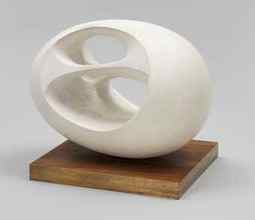

The smooth surface of Barbara Hepworth’s head-like abstract sculpture, looks a little like a pebble or shell. Hepworth lived by the sea in Cornwall and the natural forms of the Cornish landscape influenced her work. Barry Flanagan seems hardly to have carved the stone for his sculpture at all. Apart from the light grooves he has added to the stone’s surface, he has pretty much left the rough stone as he found it. Flanagan said that he wants the stone to reveal its own ‘geography’.

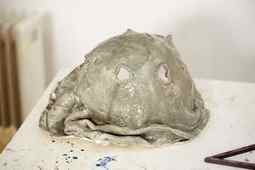
Caroline Achaintre and Andrew Lord also like to let their materials do the talking. Lord uses clay to create what he calls ‘process sculptures’. The bumpy surface reflects the gestures he has used to squeeze and mould the clay into shape. Achaintre also makes use of the maleable properties of clay. The clay in Mola folds into soft forms, its soft surface indented with the imprint of a snake pattern.
Material Tricks
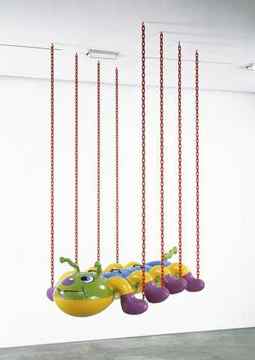
Rather than playing with the qualities of materials, artists Claes Oldenburg, Jeff Koons and Fischli and Weiss play with our preconceptions about what things are made from.
Claes Oldenburg’s sculpture of a drainpipe isn’t straight and vertical as we expect drainpipes to be. Instead it sags and hangs. By making the structure from a soft fabric he messes with our understanding of materials and makes us question what it is we are looking at.
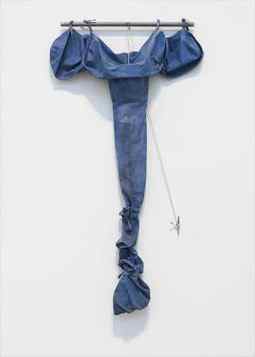
Jeff Koons also tricks us. His enormous sculptures of inflatable toys, such as Caterpillar (with chains) 2002 look like scaled-up versions of the actual thing. They look light and full of air with a bouncy surface. But in fact they are cast from metal cleverly painted to look like plastic vinyl. So they are in fact vey heavy with a hard cold surface.
Artists Fischli and Weiss also play with our perception of materials and objects. Untitled (Tate) 1992-2000 looks like a room – possibly a studio or workshop – full of various objects. The objects are familiar, everyday things: tools and materials, plastic buckets, paintbrushes, rubber tyres, furniture and small items such as milk cartons and cigarette packets. But everything you see in this room has been carved from polyurethane foam and painted to look like the real thing.

The properties of materials – their liquidity, weight, surface etc – were manipulated by Fischli and Weiss to create a mesmerizing, chain reaction, kinetic sculpture called The Way things Go.
WE OFFER
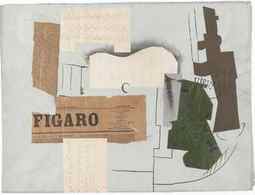
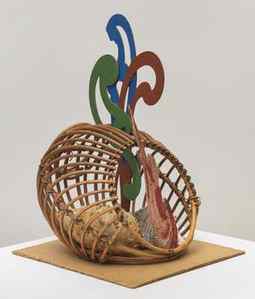
MAJOR CARDS
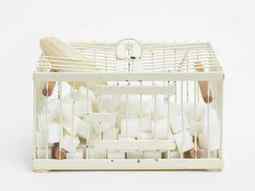
FAST TURN-AROUND

DELIVERY AUSTRALIA WIDE
COTTON & POLYESTER ROLLS
The artists canvas—whether you work in charcoal, ink, acrylic or oil paint—is as important as the brushes and other art supplies you use. Whether you are taking your first art class, your art hangs in galleries throughout Australia, or you run an art school, when you need the best art materials in the country, visit The Sydney Canvas Company.
We love art and helping artists create their masterpieces. We stock all of the art supplies you need, from artists canvases to art materials such as canvases, easels, and cleaning supplies. You will find everything you need under our roof.
We pride ourselves on selling only superior quality art materials. Our cotton duck canvas is grown and woven in India and machine primed with archival acrylic gesso that gives a nice tooth perfect for any media. Or perhaps authentic linens grown, woven and primed in Belgium are the ideal artists canvas for you. We build our hand made custom stretched canvases for you using our sustainably grown hardwood stretcher bars—producing a quality canvas that will stand up over time.
Have questions about Art Materials?
We are happy to answer any questions relating to our art supplies and services that you may have. Our lines are open 7 days a week, and we have knowledgeable team to help you with questions about art materials, product applications, and techniques. Please feel free to contact us with any additional questions you may have. We’re happy to help!
We love visitors. You are welcome to come directly to our warehouse and meet with us in person (just call first to ensure we are available). If you are coming from Sydney’s Inner West we recommend taking the M4 and exiting on to James Ruse Drive. If you are coming from the City or the Eastern Suburbs we suggest taking the M2.





